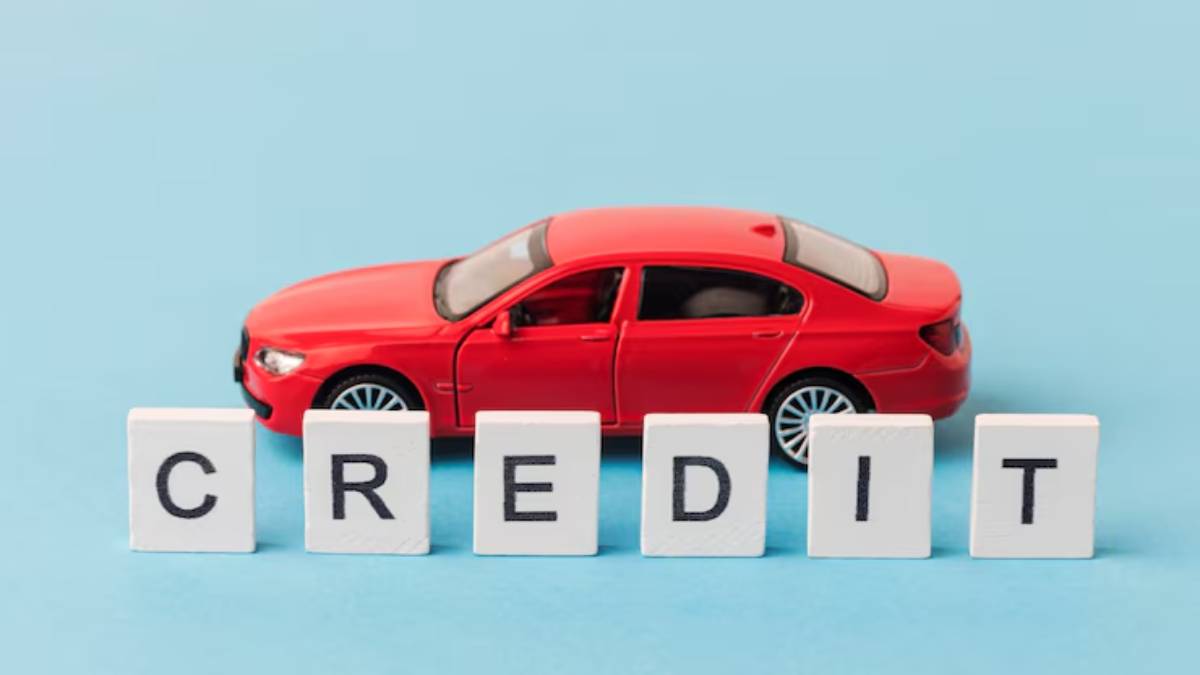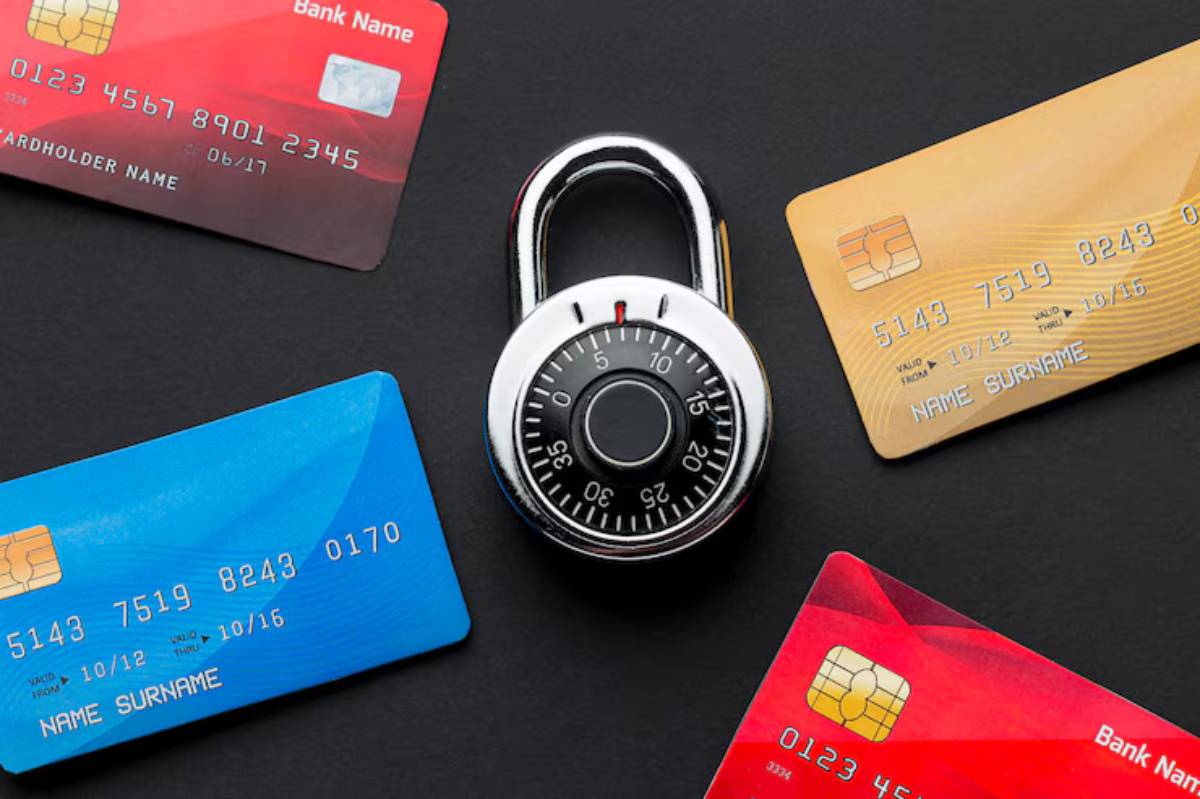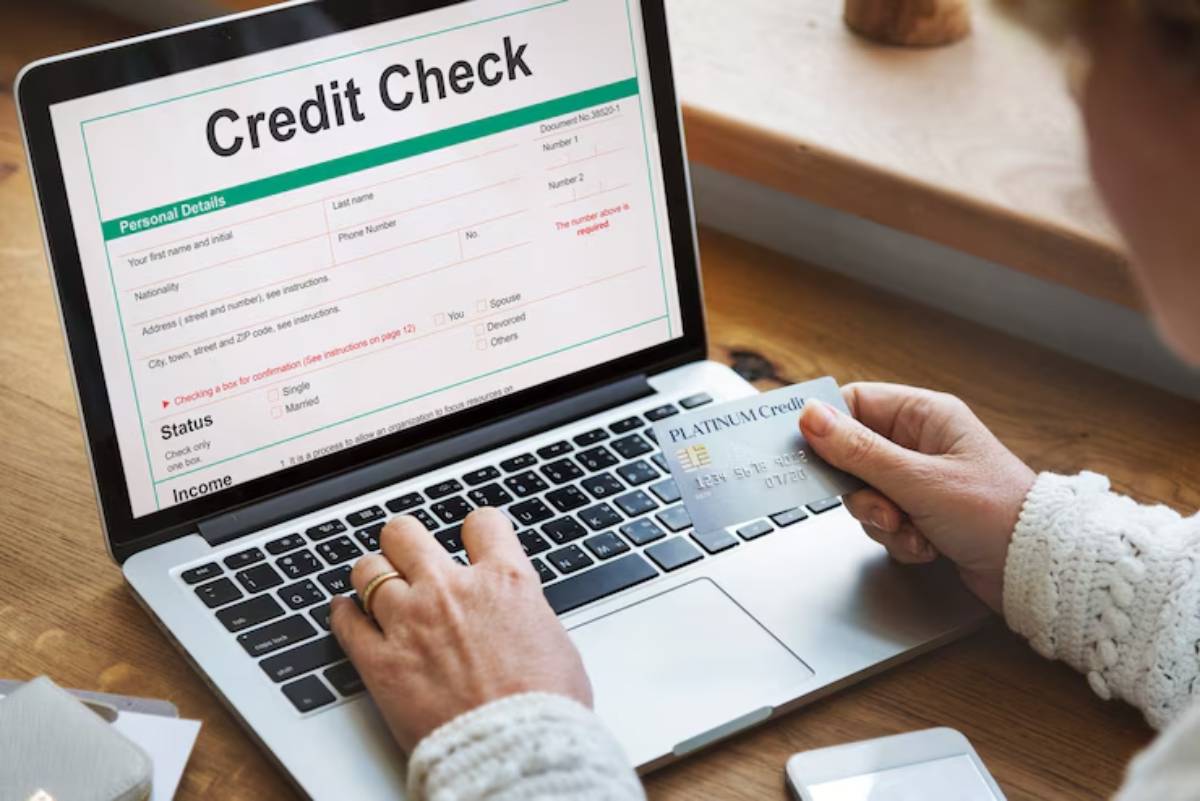
The Role of Credit Utilisation in Your Score
Your credit score is one of the most important numbers in your financial life. It affects your ability to get loans, credit cards, car finance, and even rental agreements. Many people know that paying bills on time is essential. But there’s another factor that plays a huge role: credit utilisation.
What exactly is credit utilisation? How does it affect your score? And how can you manage your credit ratio to improve your financial health? This guide breaks it down into clear, simple steps you can follow with confidence.
What Is Credit Utilisation?

Credit utilisation refers to how much of your available credit you are currently using. It’s a measure of your outstanding balances compared to your total credit limits.
In simple terms:
- If your credit card has a limit of £1,000 and you’ve spent £300, your credit utilisation is 30%.
- If you’ve used £900, your utilisation is 90% — and that could be a red flag to lenders.
This number is one of the key credit score factors that lenders look at when assessing how well you manage debt.
Think of your credit limit like a safety cushion. The more of the cushion you use, the thinner your financial safety net looks to lenders.
Why Credit Utilisation Matters
Credit scoring models, including FICO and VantageScore, consider your credit utilisation ratio as the second most important factor after payment history. It generally accounts for around 30% of your total score.
Here’s why it matters:
- Low utilisation shows that you manage credit responsibly and aren’t overly dependent on borrowing.
- High utilisation suggests you may be struggling financially or living beyond your means.
A high credit ratio can cause your score to drop — even if you pay all your bills on time.
What Is a Good Credit Utilisation Ratio?
Most experts recommend keeping your credit ratio below 30%. However, the lower, the better.
Credit Utilisation Impact on Score 0%–10% Excellent 11%–30% Good 31%–50% Fair 51%+ Risky
If you want the best possible score, aim to keep your balances below 10% of your credit limit.
How Credit Utilisation Is Calculated
Your utilisation ratio is calculated across all your credit accounts and also per account.
For example:
- Card A: £500 limit, £100 balance (20%)
- Card B: £1,000 limit, £300 balance (30%)
- Total limit: £1,500
- Total balance: £400
- Overall utilisation: 26%
Both your individual card utilisation and your overall ratio matter to lenders and scoring systems.
How Often Is Credit Utilisation Reported?
Credit card companies typically report your balance to the credit bureaus once a month — usually at the end of your billing cycle.
This means your utilisation could appear high on your credit report even if you plan to pay off the full balance.
Pro tip: If you’re applying for a loan or mortgage soon, pay down your balances before the statement closing date to improve your reported utilisation.
Want to stay on top of your credit game? Check out our guides on Managing Credit Card Payments Effectively / to build a stronger financial future.
Lower Your Credit Utilisation Ratio
Here are some practical ways to reduce your credit ratio and protect your score:
Pay Down Balances Early
Don’t wait until your due date. Paying before the billing cycle closes lowers the balance reported to the credit bureaus.
Spread Spending Across Multiple Cards
Instead of charging everything to one card, spread expenses out to keep individual utilisation low.
Increase Your Credit Limits
Ask your card issuer for a higher limit. If you don’t increase your spending, your utilisation ratio will drop.
Avoid Maxing Out Cards
A maxed-out card (100% utilisation) seriously damages your score, even if you pay on time.
Use Debit for Large Purchases

If you can, pay for big expenses with cash or debit instead of credit.
Set Balance Alerts
Most banks and card providers offer alerts when you’re approaching a certain percentage of your limit.
Common Mistakes to Avoid
Paying Only the Minimum
You’ll stay in debt longer and your utilisation remains high.
Closing Old Credit Cards
Closing accounts reduces your total credit limit, which can increase your overall utilisation percentage.
Ignoring Individual Card Utilisation
Even if your overall utilisation looks good, a single card near its limit may still hurt your score.
Applying for Too Many New Accounts
Each application results in a hard inquiry, which can lower your score temporarily.
Credit Utilisation and Your Credit Score Over Time
The great thing about credit utilisation is that it can be adjusted quickly. Reducing your balances before your statement closing date may show results in the next month’s credit report.
By keeping your utilisation low consistently, you’ll see long-term benefits:
- Higher credit scores
- Lower interest rates on loans
- Easier mortgage and rental approvals
- Better chances of credit card and loan approvals
Does Carrying a Balance Help Your Score?
A common myth is that carrying a small balance helps your score. This is not true.
What helps your score is:
- Using the card occasionally to show activity
- Paying off the balance in full before the statement closing date
Carrying a balance only leads to unnecessary interest charges.
Can 0% Utilisation Hurt Your Score?
No, having a 0% balance for a month or two won’t hurt your score. However, never using your cards at all may lead the issuer to close the account due to inactivity — which could lower your score.
The key? Use your card for small purchases regularly and pay it off fully each month.
Manage Your Credit Ratio for Long-Term Success
Your credit utilisation is a powerful lever for managing your credit score. It’s one of the few credit score factors you can control in the short term. By staying under 30% — or better yet, 10% — you’ll build a healthier score and keep your financial options open.
Want to stay on top of your credit game? Check out our guides on Understanding Credit Card Terms and Conditions to build a stronger financial future.


